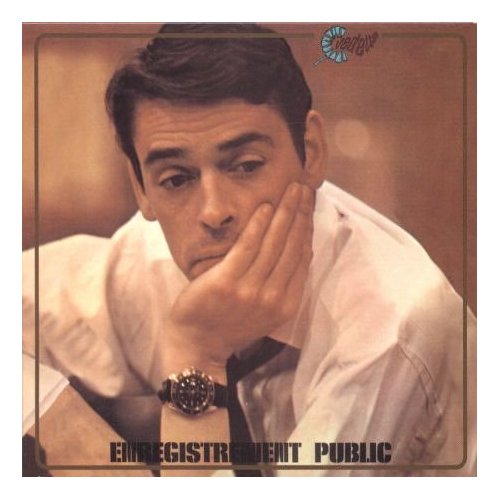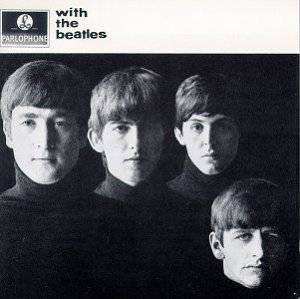When it comes to what The Byrds sounds like you can easily see that they are heavily influenced by The Beatles, and not in the annoying over the top way like Oasis are. Also there are the close harmonies that dominate most of the songs, which are more of a resemblance to The Beach Boys. So here we have an album that draws itself from two of the great acts of the sixties and feature covers from Bob Dylan, aside from the incredible alliterative possibilities this shapes up to be a good album.
On the whole it stands up as a pretty decent album, if a bit too heavy on the covers for my taste. Although, with the majority of covers, they actually manage to twist everything round so that it sounds like they are the original writers. To do this demonstrate greatness in a band to be creative and make the best of it and as such should be applauded. This tactic, however, doesn‘t really work on the . This, however, doesn’t work on the first and last tracks, Mr. Tambourine Man and We’ll Meet Again respectively, since the original versions resonate so much in the public consciousness that you can not help but think on the original versions. It may sound controversial but I actually prefer the Bob Dylan version of Mr. Tambourine Man, this isn’t detracting from The Byrds who do an amazing album highlight-version but I found myself missing the quirky vocals of Dylan.
The rest of the album just makes you feel as if you are floating on some puffy sixties Technicolor cloud. The electric guitars and harmonies on songs like The Bells of Rhymney and I Knew I’d Want You makes me wish that they had made a brief jaunt into lullabies as it’s so loose and relaxing that I found myself sitting in some lucid dreamlike state where I knew I was typing at a laptop but somehow every action seemed to be coloured different. Before you ask, no I don’t do drugs. I don’t even drink coffee. But when you have earphones in and all you can here is are these songs you can so easily lose yourself in it.
This can not be said of my least favourite track Don’t Doubt Yourself, Babe which I personally just found annoying and out of place here. There is one thing creating these dreamlike songs that allow them to transport the listener but this is way too hippy for my tastes. The lyrics and sentiment are something you would expect a 16 year old to concoct in his bedroom addressing a depressive girl he knows in his year, I know as I was that 16 year old boy. You would hope that The Byrds or the record company would have had the wherewithal to leave it out. The same applies to We’ll Meet Again. So all in all a very disappointingly trite ending to an otherwise great and original album.
Despite the final two tracks this is actually an amazing album, that deserves this high rating. As you listen to it you can here the beginnings of songs that’ll later be sung by R.E.M., Beck and The White Stripes. That, in my opinion, is never a bad thing.
8.5/10
Fab Four:
Mr Tambourine Man
I’ll Feel A Whole Lot Better
The Bells of Rhymney
I Knew I’d Want You



